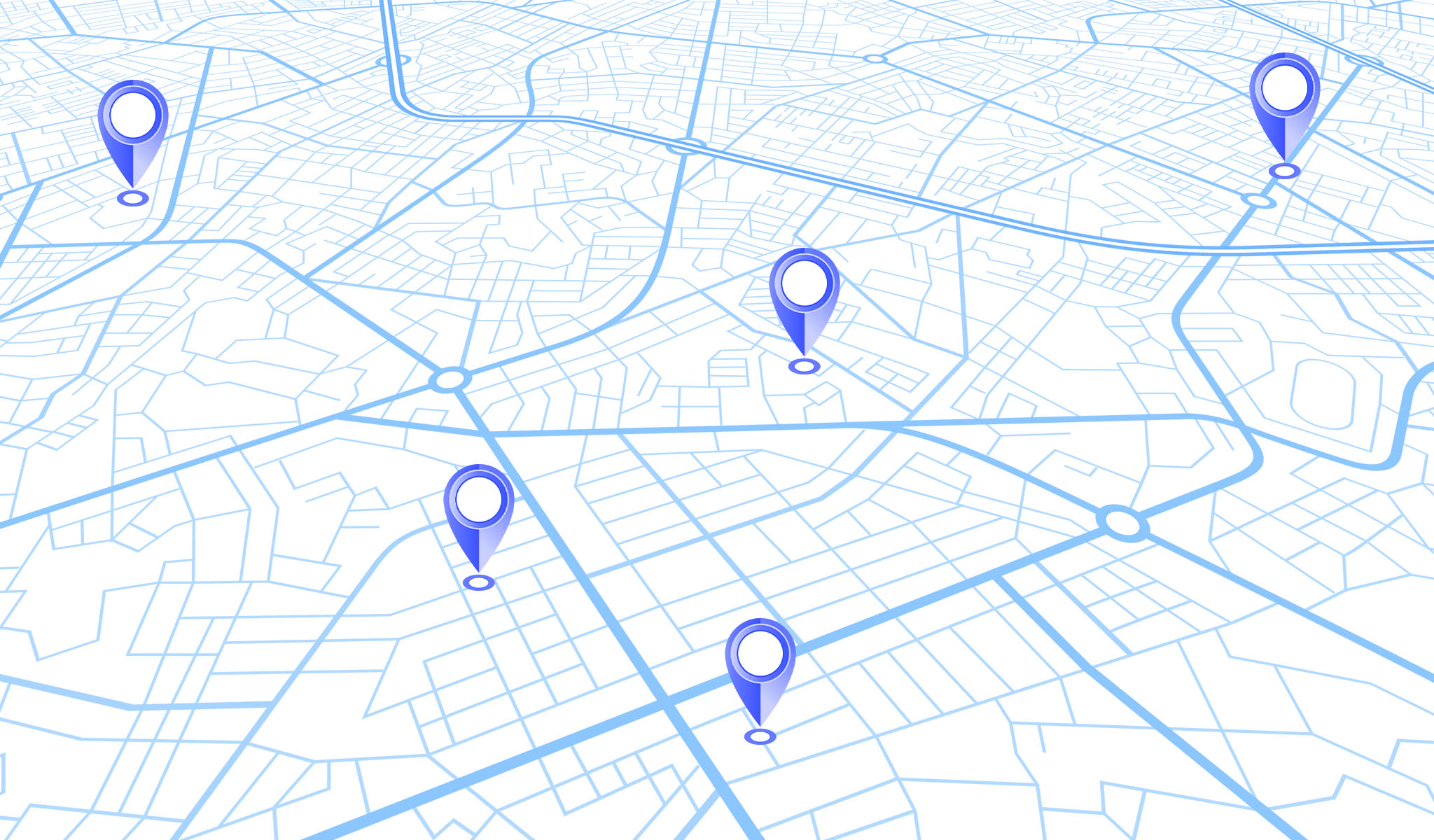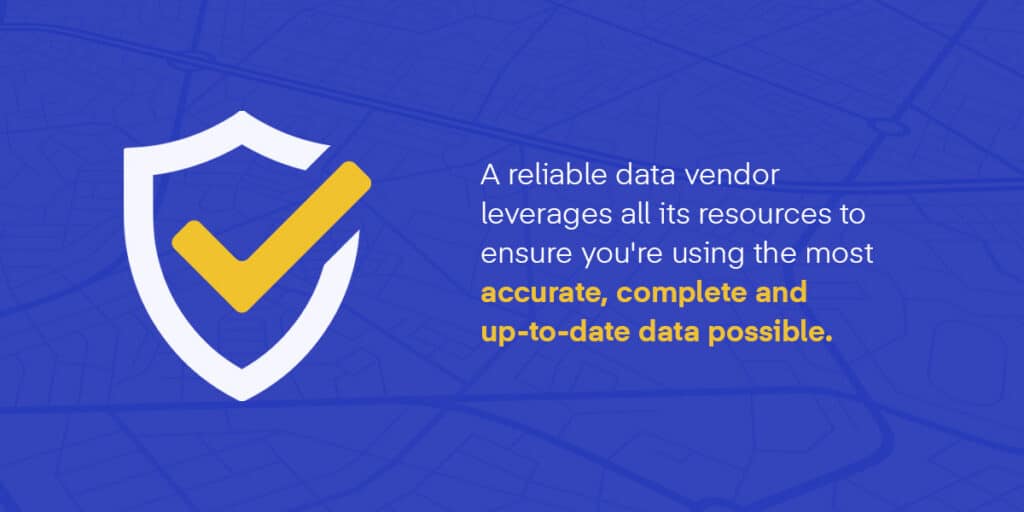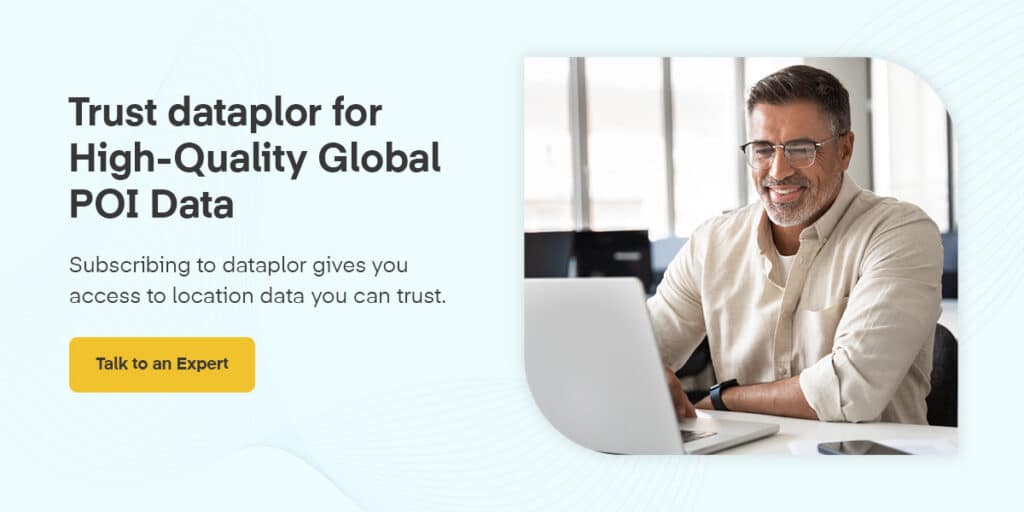
Open-Source Data vs. a Paid Data Provider: Which Is the Better Option?
Data is one of the most valuable commodities in business today, and open-source data is one of the easiest ways to get the information you’re looking for. But is free really better when it comes to data? When compared to paid data, open-source data may seem like the biggest bang for your buck. However, paid data provides various advantages above open-source options, often making it well worth the fees to access it.
Understanding how the two compare can help you make the right choice for your business.
What Is Open-Source Data?
Open-source data is data that anyone can access, modify and distribute. It can come from various sources, including government agencies, private companies and non-governmental organizations and nonprofits.
Some well-known examples of open-source databases include:
- The U.S. Census
- FiveThirtyEight
- Pew Research Datasets
- Yelp Open Dataset
- International Monetary Fund
- OpenStreetMap
Many open-source datasets are free to use, while some sources place theirs behind a paywall. However, all open datasets must be available in a format that users can easily access and modify — most often as downloadable documents distributed over the internet.
The Benefits of Open-Source Data
Weighing the pros and cons of open-source data against those of paid data providers will help you determine which is the better option for your organization. Here are the most significant advantages of using open-source data:
Accessibility
When it comes to open-source data pros and cons, the biggest pro is its accessibility. Open-source databases are readily accessible online, making them an easy source of information for anyone who needs it.
Since most open-source datasets are free, your organization can save valuable time and money you would have spent collecting it yourself.
Greater Engagement
Many open-source data initiatives come from specific communities, which can help your organization identify opportunities for building better connections with those groups.
For example, if you’re considering expanding into a certain region, point of interest (POI) data collected from local communities can help you better understand the area and its unique characteristics.
Deeper Transparency
Because open-source data is so readily available, it creates a clear line of sight for everything related to the issue or topic it addresses. For community members, this visibility means greater accountability for policymakers and other leaders. From a business standpoint, it gives you a top-down view of your market, which can help you build more effective marketing and growth campaigns.
The Cons of Open-Source Data
With those pros in mind, it’s important not to overlook the issues that come with open-source data. Some of the biggest risks of open-source data include:
Data Quality Issues
Using inaccurate data to inform strategic decisions can cost your business hundreds or even thousands of dollars in lost profitability. Few international open-source providers have centralized control over their databases, which makes it more difficult to conduct regular quality checks of all datasets.
As a result, large databases tend to suffer from regional inconsistencies in data quality, such as:
- Improper schema implementation
- Missing data points
- Invalid or incorrect values
- Issues with precision
- Duplicate data
- Bias
Of course, there are plenty of open-source databases that publish reliable information — however, due to the lack of frequent reviews, it’s often a better idea to treat them as a jumping-off point for your research rather than your only source.
Data Manipulation
Because anyone can edit open-source datasets, users can skew the data for an ulterior motive, such as:
- Gaining a competitive advantage: Businesses might alter the data to sabotage their competitors or to improve their own image.
- Influencing user behavior: People use open datasets like OpenStreetMap to find businesses nearby. Altering the data can steer users toward specific products and services and away from others.
- Pushing a business or political agenda: Companies and political organizations may manipulate data to support their viewpoints or push their products and services.
- Causing disruption: Malicious actors may manipulate open data to create confusion and disrupt operations. For example, inaccurate data can impact navigation for people using open mapping data to find businesses in their area.
Outdated Information
One of the biggest issues with open-source data is that open datasets are rarely current. The U.S. Census is a great example, as the database only updates once every 10 years.
Although some open-source projects might update more frequently, this task often falls to volunteers who may be inexperienced with large datasets and metadata. These individuals can accidentally introduce errors into the data that could seriously alter the results.
Pros of Third-Party Data Vendors
Although open-source data has many advantages, its limitations mean it’s not often the best choice for business decision-making. Here are some of the reasons a paid data provider like dataplor might be a better source for POI data:

Accuracy and Quality
A reliable data vendor leverages all its resources to ensure you’re using the most accurate, complete and up-to-date data possible.
At dataplor, for example, our in-house team of international data scientists and analysts uses a combination of proprietary machine learning technology and local expertise to review and resolve data quality issues in near real time.
Cost Savings
While it may sound counterintuitive, investing in good data can help you save money in the long run. Using data from a reputable source can help you avoid the kinds of missteps that could cost your organization hundreds or even thousands of dollars.
More importantly, though, quality data can guide you toward business decisions that:
- Optimize operational efficiency
- Inspire greater customer loyalty
- Boost overall profitability
- Unlock new revenue streams
- Spark innovation
As a result, you save more over time, giving you a notable return on your investment.
Cons of Paid Data Providers
The main consideration is that you will need to pay some kind of fee to access and use the data. Some providers operate using a subscription model, where your monthly or annual fee gives you access to all available datasets. Others charge according to usage.
However, it’s important to remember that you are paying for a quality product. Paid data providers have the resources to update and maintain their datasets frequently, so you always have accurate data at your disposal.

Trust dataplor for High-Quality Global POI Data
Free doesn’t always mean better. Although open-source data can be a useful tool when beginning research on a specific POI, investing in quality data from a reputable source is the way to go to make more informed decisions and minimize risk.
Subscribing to dataplor gives you access to location data you can trust. Schedule a consultation today to request a free data sample tailored to your company’s unique goals and requirements.


